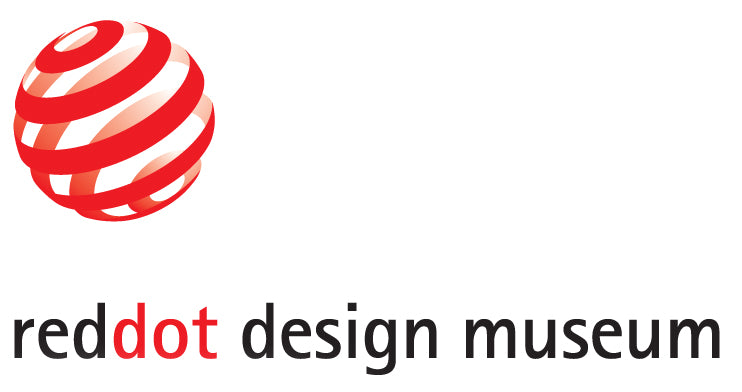Short Film: The Schlieren Test
Red Dot Design Museum is built on the foundation of presenting and communicating good design in everyday products. The Schlieren Test, a short film that exemplifies the methods used by citizen scientists to test the efficacy of face masks in this pandemic. The pandemic has turned the layperson into a citizen scientist. Confined in their homes and with doubts cast on the mandatory mask-wearing practice, many learned to test the efficacy of life-saving PPEs—from surgical masks to home-made cotton masks—through basic experiments in their "home laboratory".






